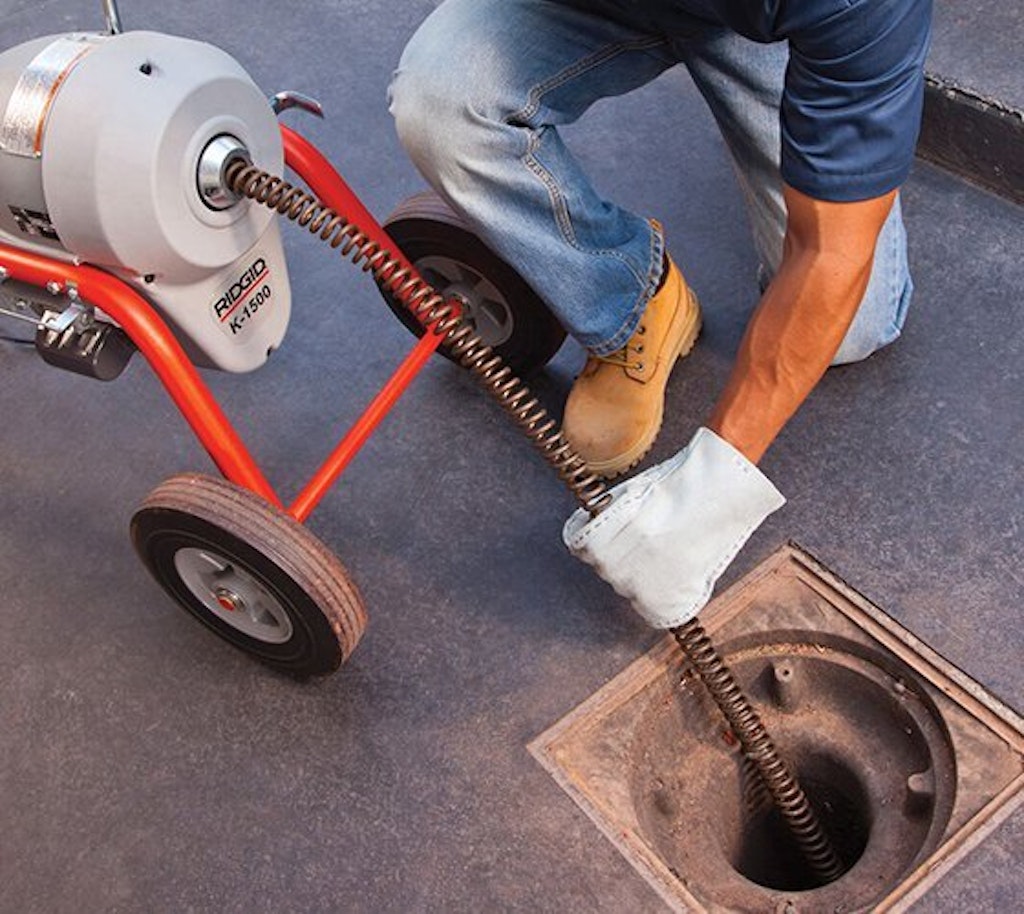- 8am to 5pm, Sat 9am - 2pm, Holiday Timings May Vary
- 323-696-9101 | 844-444-0155
- bluewaterplumbinginc@hotmail.com
Drain cleaning is a process that involves removing blockages and buildup from plumbing pipes to ensure proper water flow and prevent clogs. Over time, various materials such as hair, soap scum, grease, food particles, and mineral deposits can accumulate in drains and pipes, leading to reduced water flow or complete blockages. Drain cleaning is performed to eliminate these obstructions and restore the normal functioning of the plumbing system.
Here are common methods used for drain cleaning:

Plunging: Plungers are a basic but effective tool for clearing minor blockages in sinks, toilets, and drains. The suction created by the plunging action helps dislodge and move the blockage, allowing water to flow freely.
Chemical Drain Cleaners: Chemical drain cleaners, available in liquid or gel form, contain powerful chemicals that can dissolve or break down organic matter and other debris in the pipes. However, these cleaners can be harsh and may cause damage to pipes over time, so they should be used cautiously and according to the manufacturer’s instructions.
Mechanical Snaking: Plumbers often use a plumbing snake or auger, which is a flexible, coiled wire, to physically break up and remove obstructions within pipes. This method is more effective for stubborn clogs and can reach deeper into the plumbing system.
Hydro-Jetting: This is a more advanced method that utilizes high-pressure water to clear blockages and clean the interior surfaces of pipes. A specialized nozzle attached to a hose releases a powerful stream of water, effectively breaking down debris and flushing it out of the system.
Enzyme-Based Cleaners: Enzymatic drain cleaners contain bacteria and enzymes that feed on organic waste, helping to break it down over time. While less aggressive than chemical cleaners, enzyme-based cleaners are considered a more environmentally friendly option.